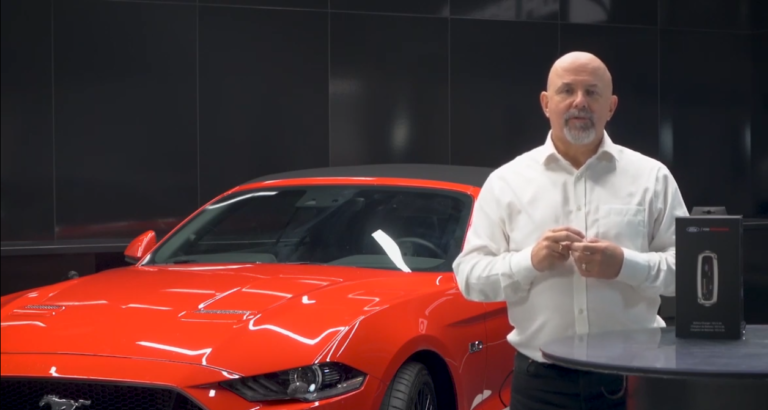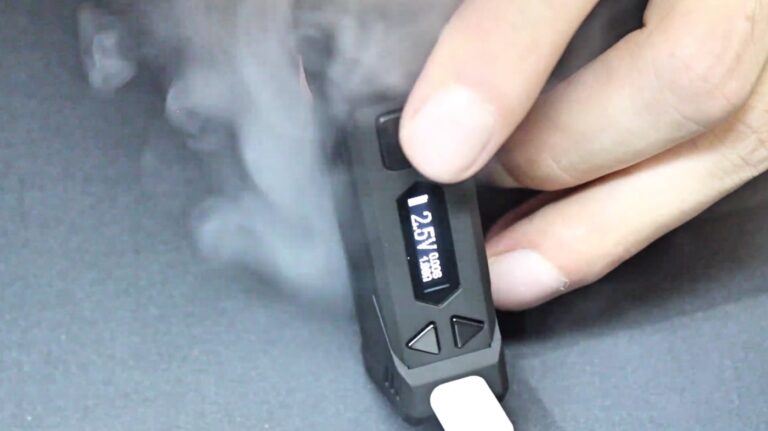10 Reasons That Burning Smell Is Coming From Your Car!
It’s probably not the end of the world for your ride. Probably.
Air Conditioner Compressor Clutch: A Fiery Lesson in Friction and Car Troubles
The burning smell of friction is one that many drivers encounter at least once, and for good reason. Friction materials like brake pads, clutch discs, and even components in your A/C compressor are designed to wear out over time. This happened to me in an unforgettable way when my wife’s 1989 Ford Mustang notchback sedan was on her way home from work. I noticed a sudden shower of hot sparks flying off the pavement, and after honking to get her attention, she casually waved back.

It wasn’t until we pulled over that I found the real culprit: the A/C compressor had locked up, and the serpentine belt was burning itself out on the pulley. Fortunately, we got help from Triple-A (seriously, the Premier service plan is a lifesaver) and replaced the faulty compressor with a remanufactured unit. It was a dramatic reminder of how quickly something as simple as a worn-out component can lead to costly damage and roadside drama.
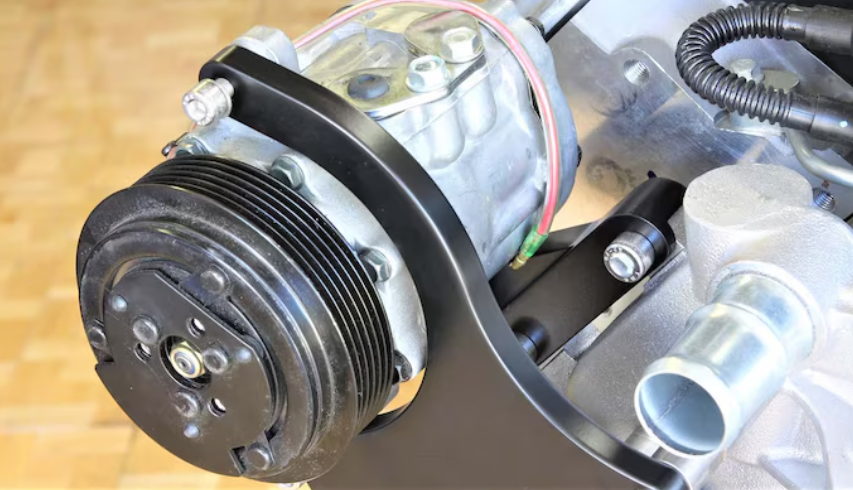
Fan Belt Fiasco: The Burning Rubber You Shouldn’t Ignore
If you’ve ever smelled burning rubber while driving, chances are it’s your fan belt in distress. These belts are responsible for powering vital accessories like the water pump, alternator, power steering pump, and, in the case of our previous example, the air conditioning compressor. When one of these components locks up or becomes immovable, the fan belt is forced to either slip off or burn up. In my experience, this happened alongside a distinct burning friction smell from the A/C compressor itself, where the belt’s struggle to turn the pulley became a costly, frustrating problem.
If you notice that burning rubber smell accompanied by smoke under the hood, it’s crucial to pull over immediately. Your fan belt may not be the root cause of the issue—it’s often a symptom of a locked-up accessory. If ignored, you might end up facing engine overheating, low battery voltage, and, eventually, a total engine shutdown. The key takeaway here: when the belt starts to burn, it’s a red flag that something much larger is at fault, so don’t ignore it.

Clutch Lining: The Acrid Smell That Signals Trouble
When your car starts emitting a burning smell, it’s often one of five basic categories: friction materials, lubricants, rubber, fuel, or coolant. Most of these smells can point to serious issues, and while the chance of an actual fire is rare, you’ll want to pay attention, especially if it’s friction materials at the heart of the problem. These materials—like brake linings, clutch linings, and even automatic transmission components—are designed to wear down, but when they burn, the odor is unmistakable and nearly identical across various sources.
If you’re driving a manual transmission and catch a whiff of burning, the clutch is likely the culprit. Consider the context: Are you on a steep incline, at a stoplight, or gunning it during hard acceleration? In these cases, the smell of burnt clutch lining could mean you’ve been too hard on the pedal, especially if you’re riding the clutch in a way that generates excessive heat. On the flip side, you’ll often detect that same burnt smell when observing another vehicle, so pay attention if it happens regularly or only in certain situations. Sometimes it’s the driver trying (and failing) to show off, like the guy burning his clutch while attempting a burnout in his Z06 Corvette!
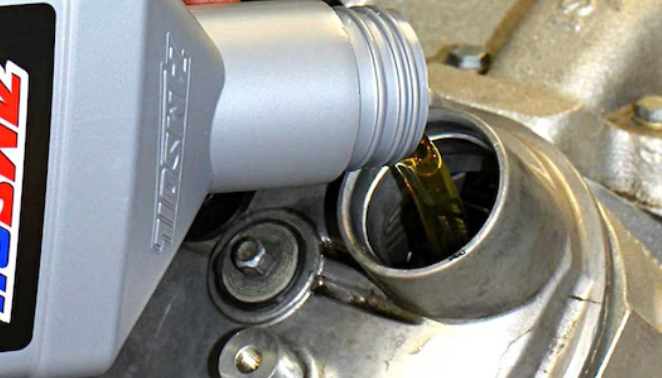
Oil Smoke: What That Blue-Gray Puff Means for Your Engine
Oil smoke is a serious concern for many drivers, often signaling a more significant engine problem, such as poor ring seal, valve guide wear, or valve seat wear. If you’re seeing or smelling oil smoke, an engine rebuild, swap, or even trading in your vehicle might be in your immediate future. But it’s not just engine oil you should be concerned about—transmission fluid, power steering fluid, or other lubricants could also be burning and contributing to that distinct smell.
Burning oil has a very different odor profile from burning friction material, but for the non-mechanic, it can be tough to tell the difference. The telltale sign is usually blue-gray smoke, which may come from the tailpipe (indicating an internal engine issue) or from directly under the hood. One of the most common causes of oil smoke is poor oil change practices or accidentally spilling oil while topping off fluids like power steering or brake fluid. Even a tiny drop of oil landing on the exhaust or a hot engine part can create an overpowering, lingering smell. If you’ve just had your oil changed at a shop like Jiffy Lube and the smell starts soon after, it’s worth checking for any small oil spills or leaks that might be the cause. Keep an eye out—oil smoke is rarely a minor issue!
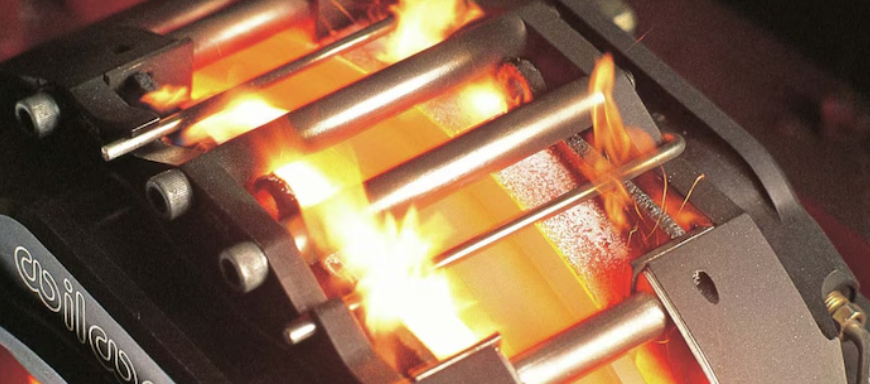
Brake Lining Burnout: A Smell You Never Forget
Every hot-rodder remembers their first encounter with the unmistakable smell of burning brake linings. For me, it was in 1979, behind the wheel of the family’s 1969 Ford Galaxie 500 Country Squire. I had set out to pin the speedometer at 120 mph, strategically planning the run downhill on Guilford County’s Liberty Road. While I succeeded in my mission, the uphill section meant to slow me down didn’t quite go as planned—my front brake linings couldn’t handle the heat. The resulting smell and sheer terror of the experience left an indelible impression; from that moment on, I could identify burning brake linings anywhere, anytime.
Interestingly, the smell of burning brake pads is almost identical to that of clutch discs, so context is crucial. Did you recently slam the brakes before noticing the odor? Or perhaps it’s coming from another vehicle, especially if you’re trailing a semi-truck. Fun fact: many truckers use only the trailer brakes during slowing traffic or long downhill stretches to save wear and tear on their own tractor. That burning smell often signals a hard-working semi’s trailer brakes.
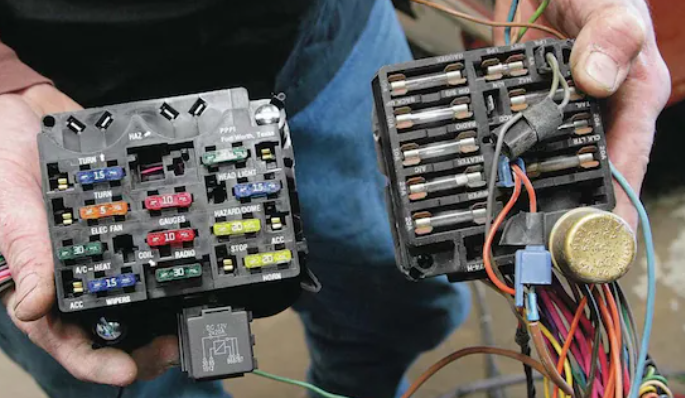
Electrical Wiring: The Hidden Fire Hazard Lurking in Your Car
Electrical wiring issues can turn a great day on the road into a near disaster in moments. I learned this firsthand during a ride in my friend Bud Phillips’ 1972 Plymouth Duster. We were cruising along, jamming out to Foghat Live on his 8-track player, when the music abruptly cut out. Thinking a good jiggle would solve the issue, I reached into the glovebox and gave the player a nudge. That’s when smoke began pouring out from behind the dash. In a moment of panic, we pulled over and scrambled out of the car as the wiring behind the dash erupted into flames. Thankfully, the Duster and Foghat Live survived, but the lesson stuck with me: sketchy wiring can destroy a car in the blink of an eye.
Older cars, especially Mopars with their infamous ammeter-based wiring, are particularly susceptible to electrical fires. All the car’s amperage is routed through the instrument panel’s ammeter, making it a vulnerable spot for overheating or fires if wiring isn’t up to par. Modern cars aren’t exempt either, especially when aftermarket sound systems or alarms are improperly installed. In the 1980s, I worked at Circuit City, where “state-of-the-art service” didn’t always apply to wiring expertise. What I saw then still haunts me.
The moral of the story? Be extremely cautious with electrical work. If you’re having an aftermarket system installed, grill the techs with questions about their process and experience. If you’re going the DIY route, meticulously follow every instruction. A wiring mishap doesn’t just ruin your day—it can take your car with it.


